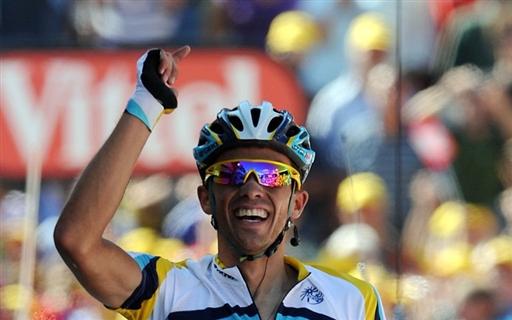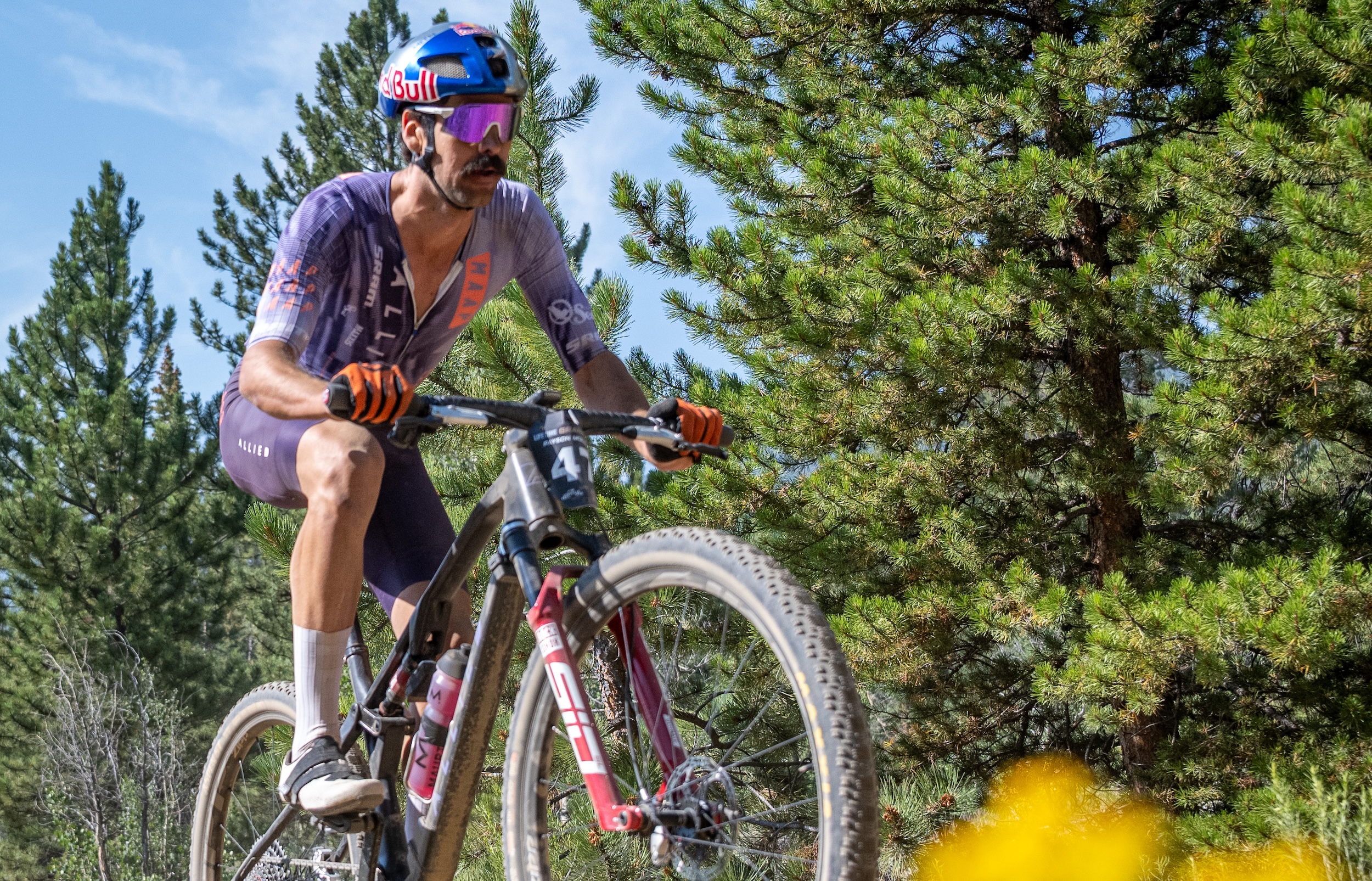Contador's climbing credibility questioned
Are accusations based on faulty calculations?

Ever since the Festina scandal of 1998, few Tour winners have escaped accusations of doping: not Lance Armstrong, not deposed 2006 winner Floyd Landis (the only Tour winner ever to test positive during the race) and not Alberto Contador.
The Spaniard was forced to defend himself against accusations of involvement in Operación Puerto during his winning ride in 2007, and now his commanding performances in this year's Tour have come under scrutiny.
Three-time Tour de France winner Greg LeMond openly questioned this year's maillot jaune, this week, calling into question the Spaniard's dominant performance on the final climb of stage 15 to Verbier. The American, writing in an opinion column in the French newspaper Le Monde, equated his smashing time on the 8.5km ascent to "a Mercedes sedan winning a on a Formula 1 circuit".
LeMond's criticism arose after former Festina team trainer Antoine Vayer calculated Contador's VO2 max (his aerobic capacity) at 99.5 based on the Spaniard's time of 20:55 to ascend to the summit. Vayer, writing in Liberation.fr, based his calculation on an estimated 490 watt average he said Contador would have needed to accomplish that feat.
Yet second placed Andy Schleck was only 43 seconds behind Contador at the top, and even Lance Armstrong in ninth place 1:35 behind would have set a VO2 mark over 90 for his efforts that day, using the same logic. Nearly all of the GC contenders climbed to the top at record speed.
"For Contador, with an effort of twenty minutes at 90% VO2max, weight of 62 kg, maximum aerobic power is 493 watts, which gives an oxygen consumption of 6.17 liters / min: 99.5 ml / min / kg!" Vayer wrote.
LeMond, in response, called on Contador to prove that he is physically capable of achieving these numbers without the use of performance-enhancing products, "assuming the validity of the calculations".
The latest race content, interviews, features, reviews and expert buying guides, direct to your inbox!
But are the calculations valid?
Cyclingnews spoke with exercise physiologist Andrew Coggan to get a handle on whether or not the estimates were accurate. Coggan speculated that Vayer's calculations were off. He explained that estimating Contador's power based on his time, and then estimating his VO2 from that estimated power could be full of error.
"The problem is that there is enough 'slop' in the calculations that I don't think you can really say one way or another what is or isn't possible without use of drugs."
"What seems different is not one rider, but the climb itself ... In addition to uncertainties regarding the exact length and gradient of the climb [Vayer says it was 8.6km, the Tour guide says 8.8km -ed] and whether or not there might have been any wind, I think he has significantly overestimated Contador's power," said Coggan.
Vayer may have failed to take into account that air is less dense at altitude and also incorrectly estimated Contador's aerodynamic drag, for instance.
"Taking everything into consideration, I'd say that a more reasonable estimate of Contador's power during that ascent is about 450 W, which would require a sustained VO2 of 'only' 80 mL/kg/min. That is still quite high, but not so high that you can definitively state that it can only be achieved via doping."
Contador steadfastly refused to answer reporters' questions about his aerobic capacity in his post-race press conference on Thursday, repeating the phrase "next question" until the media focused on the race.
Coggan, however, doesn't think LeMond's query is "totally off-the-wall".
"He is more than smart enough to understand the issues. I just think that he's being misled by some bad information."

